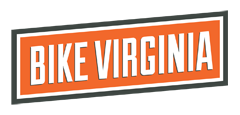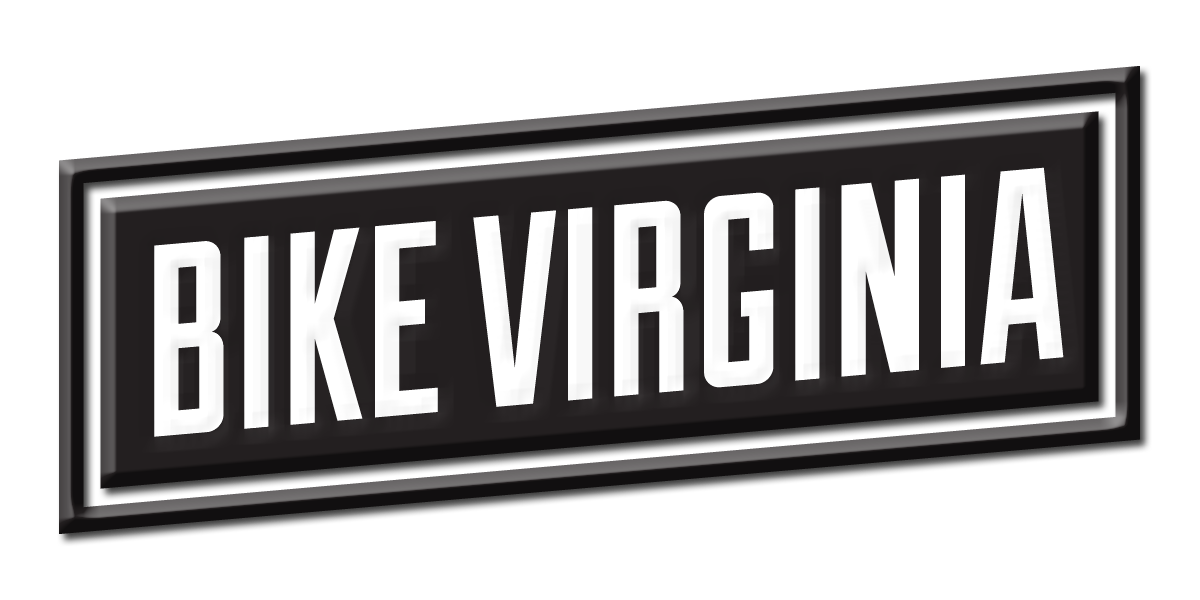Some of you have probably been riding all winter, scoffing at the notion that a biting headwind is enough to keep you off the seat. The rest of us were shocked to find, in the midst of March, a weekend fit for riding once again.
Today’s supposed to be even nicer, and it’s a nice time to start thinking about the Bike Virginia tour in June! With that in mind, we’ve got more great expert advice about cycling, training, and nutrition.
This installment comes to us thanks to Coach John Hughes, writer and contributor for RoadBikeRider.com, which (among much else) publishes a free weekly eLetter that includes cycling news, advice on riding skills, product reviews, information on nutrition, health and equipment and answers to readers questions on training and equipment. His profile on the site can be found here.
John has been doing endurance rides for almost 40 years, ranging from club centuries to the solo Race Across America. For 12 years he was director of the UltraMarathon Cycling Association and editor of UltraCycling magazine. He’s written Distance Cycling: Your Complete Guide to Long-Distance Rides (link here). He’s finished the 1200 km Paris-Brest-Paris five times. As training for endurance events he loved touring in the Sierra Nevada carrying all my camping gear on my bike.
As if that weren’t enough, for 10 years he led supported tours in the mountains of the west, the southwest and Colorado. He continues to enjoy road and mountain biking, hiking, cross-country skiing and snowshoeing. You can read more about him on his website, which includes a detailed resources section for endurance cyclists here.
Also, RBR has just released an interesting three-article series, covering:
• How to train for endurance events
• What to eat while training for and riding endurance events
• The skills necessary to master the ride and have a successful event
That link can be found here.
I asked John some questions, and he was kind enough to provide thoroughly detailed responses. Rather than sullying them through my own filter, I will include John’s answers in their entirety.
Q: Is there any advice/expertise you can lend in light if this particular type of tour? (Multiple day/varied distance options, wide range of experience level)
Riders can prepare best by dividing their training into three phases:
1. Base training (March & April) to build the endurance to complete the longest single day on the tour. Training each week should include:
• One long ride increasing progressively in duration to the longest day of the tour. These rides should be at an easy conversational pace. You should increase the duration by no more than 10-20% per week.
• A midweek tempo ride at a brisk pace during which you can still talk in short sentences. Start with short rides of 60-90 minutes and gradually increase the duration.
• Two or three easy recovery rides (or walks).
2. Peaking (May – June 9) to build the fitness to ride back-to-back days in the mountains. Training each week should include:
• Back-to-back weekend rides. Start with rides 1/2 to 2/3 the duration of the longest days on the tour and build to back-to-back rides as long as the longest days.
• One midweek mixed intensity ride. You should warm up, then alternate riding very hard (can’t talk) and riding very easily (conversation pace) and finally cool-down. Start with short rides of 45-60 minutes and gradually increase the duration. If possible, include climbing in these rides.
• Two or three easy recovery rides (or walks).
3. Taper (final two weeks) to recover fully while maintaining fitness. Your training should include:
• One short endurance ride the weekend before the tour.
• One short midweek tempo ride each week.
• Two or three easy recovery rides (or walks).
John has written an eArticle that describes in greater detail how to train effectively by varying the intensity including a suggested training program for a century or tour, and it can be found here.
During the training rides you should experiment with nutrition to find out what works best for you. The goal is to consume 200-300 calories of carbohydrate every hour plus a bit of fat and protein. You should drink enough to satisfy thirst.
During the tour the keys to success are:
• Riding at the your own pace, which you have mastered on the training rides. Don’t get caught up in the excitement. The group riding the right pace for you is probably behind you! Start the day at the pace at which you expect to finish the day.
• Eat enough. Eat a good breakfast, primarily of carbs, eat the 200-300 calories of carbs every hour, eat a good lunch and dinner primarily of carbs and enjoy a bedtime snack. Enjoy the eating—isn’t this a great sport!
• Recover for the next day. When you get off the bike start eating and drinking immediately to refuel your body. Then stretch to loosen those tight muscles. You can stretch after you finish riding, before dinner or before bed—just do it! Get plenty of sleep. For more recovery tips see my eArticle on Recovery for Improved Performance here.
Yes, it’s a lot of information. But it’s got to be better to cast too much light on something than to leave it in the dark. Enjoy the onset of spring, and Happy Riding!


